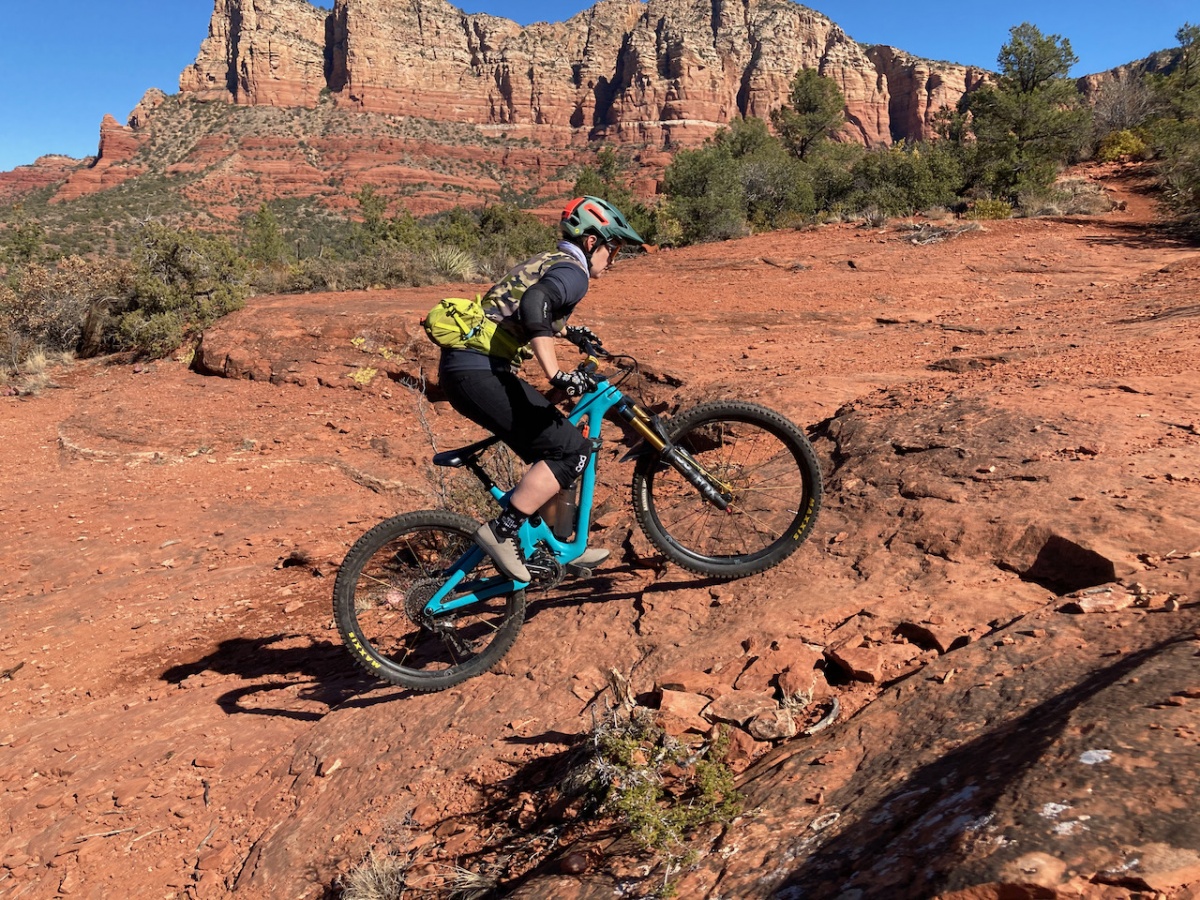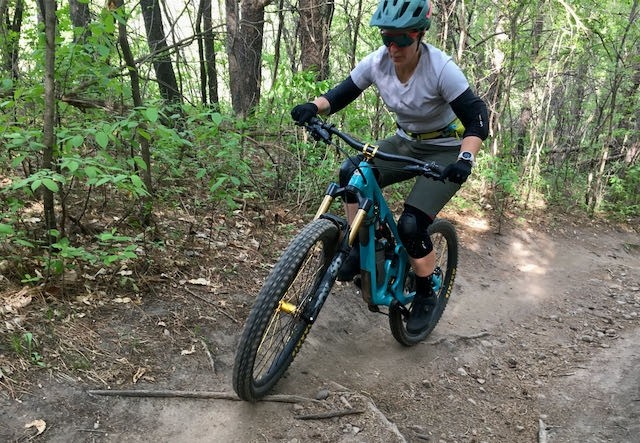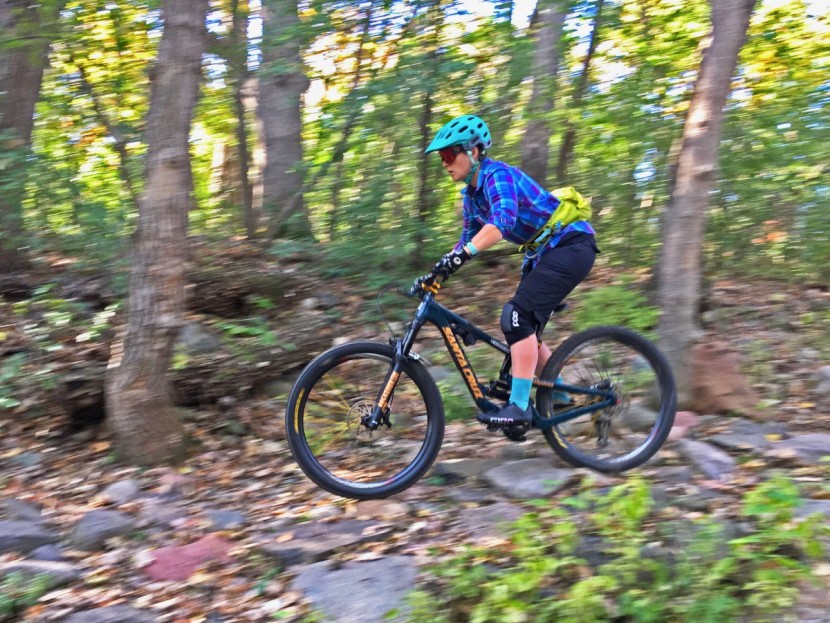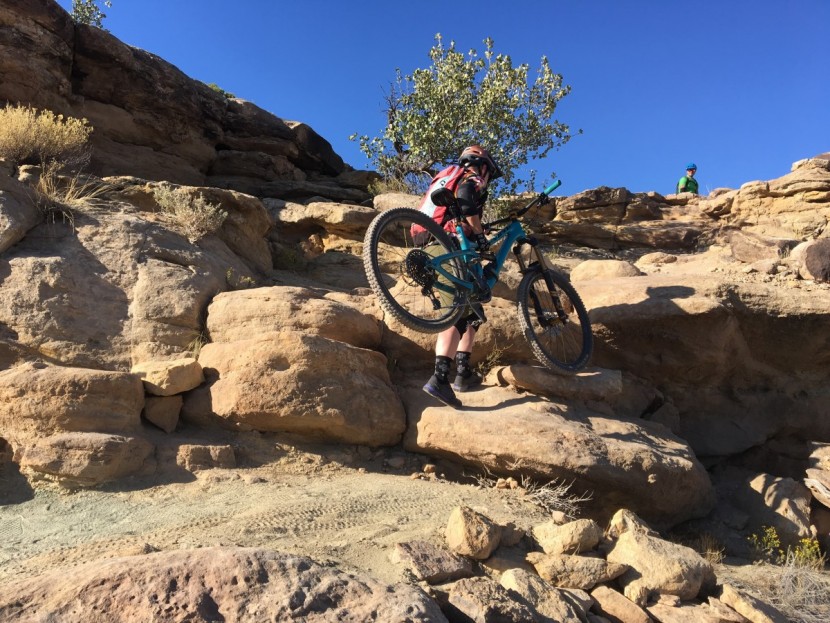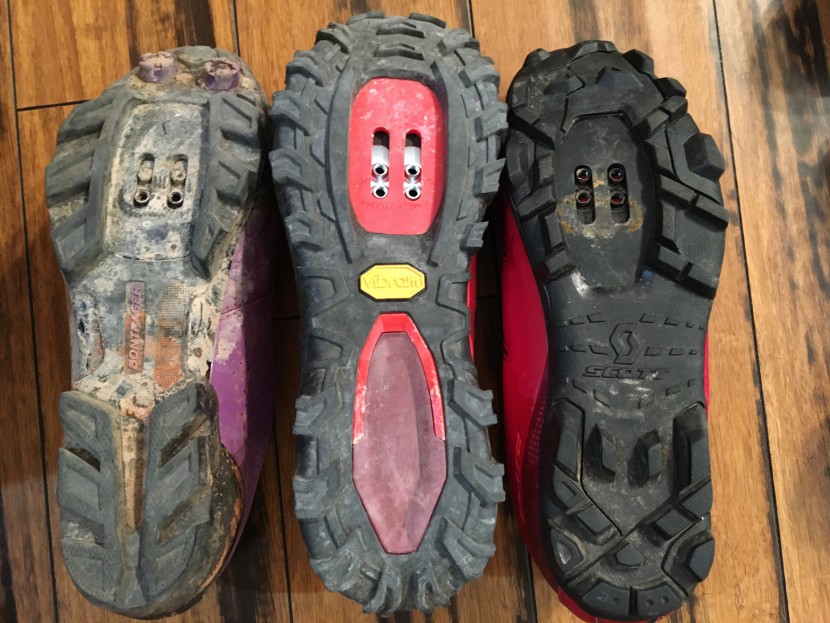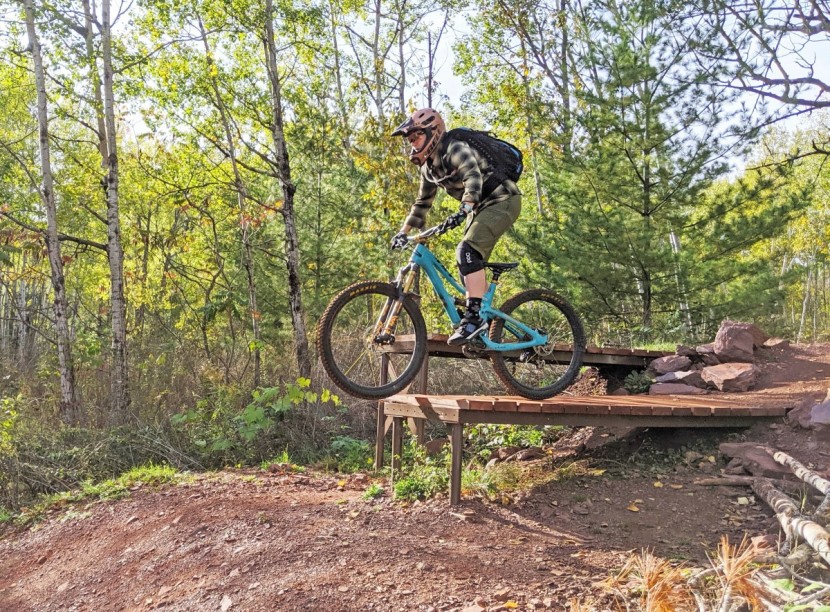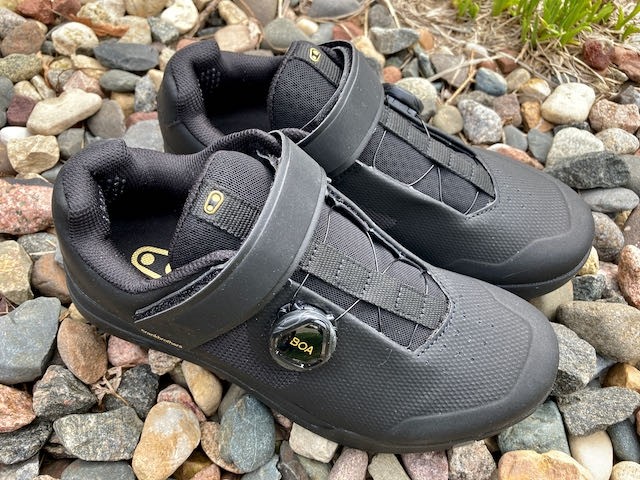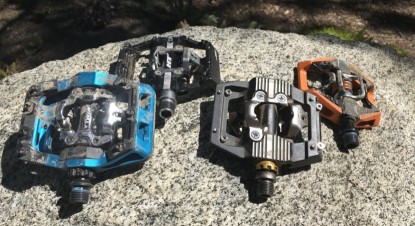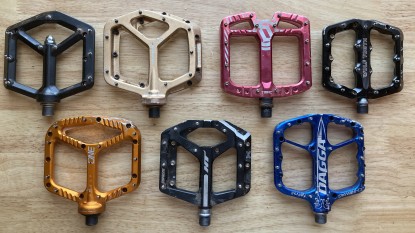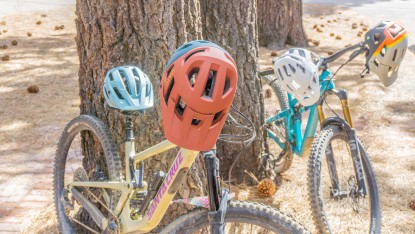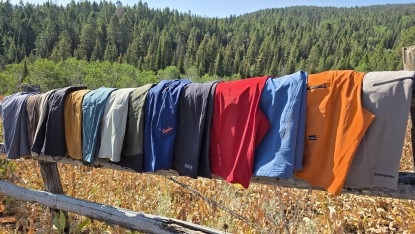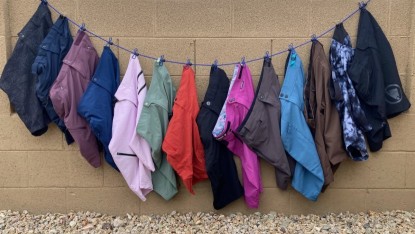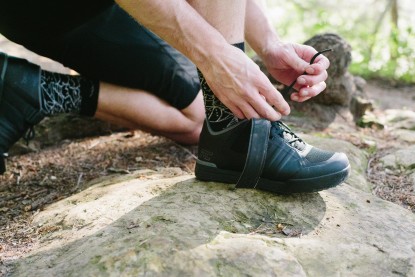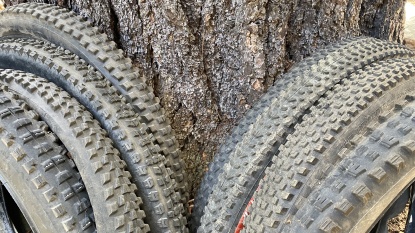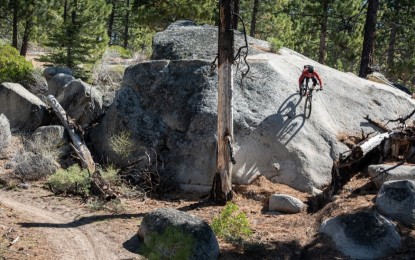Deciding what type of clipless mountain bike shoes to purchase involves first asking yourself some questions about how the shoe will be used. For example, do you need a shoe that breathes well because you frequently ride in hot or humid temperatures, do you ride trails with lots of rocks, do you ride in wet conditions, do your rides involve hike-a-bikes, or are you looking for a race-ready shoe? Next, consider your foot and its shape, is it narrow or wide, low volume or high, do you need the ability to customize insoles? All of these factors play a part in your purchase decision, and some can easily be determined in-store, while others are unknown until you are out on the trail.
Most mountain biking shoes are designed with a specific riding style in mind. Cross-country shoes are typically lighter weight and have less foot protection. Enduro and downhill shoes typically have impact zones in the footbed and sole in addition to reinforced areas to protect your foot from rocks or other trail debris. Trail or all-mountain shoes tend to sit somewhere in the middle ground. We're here to help you determine what features matter most to you, and why you might want to consider one shoe over another. We spent months getting to know these shoes inside and out so that we can help you pick the best shoe for your foot and type of riding. If you already know what you're looking for you, head to our full women's clipless mountain bike shoe review.
Other Considerations: What style of riding suits you?
Do you enjoy pedaling uphill as much as or more than the downhill? Do you enjoy the high speeds, jumps, and drops of the bike park? Do you need one shoe that does it all? Read on to learn more about what shoe is best for you, and remember just because a shoe is labeled one thing does not mean it can't be used for other applications. Choose the shoe that best suits your riding styles and is comfortable on your foot.
Clipless Mountain Bike Shoes for Cross-Country Riders
If you enjoy cross-country racing, pedaling long distances on moderate terrain, or cranking uphill to earn mild to moderate downhills, this type of shoe might be for you. People who ride long distances typically give more consideration to a shoe's weight and efficiency and seek out lightweight, stiff-soled shoes with solid power transfer. Most of the cross-country style shoes we tested have a slimmer fit, especially in the forefoot and toebox, and tend to wrap the foot more like a glove than a street shoe. This makes the fit a bit tricky for those with wider or higher volume feet. Cross-Country shoes typically sacrifice foot protection for weight savings. However, more companies are making shoes that boast both a lightweight and protective construction.
Of the shoes we tested, Giro Empire VR90 Women is not only lightweight, but its incredibly stiff carbon sole makes it best suited for cross-country racing and riding. The VR90 is also the most expensive shoe we tested. If you're looking for something more economical, you may want to consider Sidi Trace Women, a lightweight, breathable shoe that is well suited for cross-country riding and available at a fraction of the cost. Likewise, the Scott MTB Elite Boa Lady has XC-styling and well-rounded performance with versatility that extends into the trail riding application.
Clipless Mountain Bike Shoes for Trail and All-Mountain Use
All-Mountain and Trail are terms used to describe roughly the same style of riding which is a mix of uphill and downhill but tends to favor the downhill. Riders typically want a shoe that is stiff and absorbs trail vibrations, yet is lightweight, comfortable, and protective. The ability to hike in the shoes usually plays a role as well. Weight may play a smaller role for some riders, as protection is valued, especially when help may be hours away. These shoes are a great choice for someone looking for a do-it-all shoe because they are typically designed with support, protection, and stiffness in mind.
The Specialized 2FO Roost Clip and the Crankbrothers Mallet Boa are our top picks for trail and all-mountain riding. The Crankbrothers Mallet Boa has a stiff sole, great power transfer, trail absorption, an extended cleat slot, and hike-a-bike abilities. The Specialized 2FO Roost Clip is another great performing trail shoe that comes with a more wallet-friendly price point. It is a very lightweight shoe, has very good power transfer, and easy to walk in making it a great choice for trail riding.
Clipless Mountain Bike Shoes for Enduro, Technical Trail, and Downhill Riding
Riders who spend their time on higher speed trails, such as bike parks, or who enjoy going as fast as possible on rocky, loose, or technical trails have different requirements for their shoe compared to a cross-country rider. Shoes that are designed for this type of use typically offer substantial foot protection, shock absorption, and are heavier than their cross-country and trail shoe counterparts.
Of the shoes we tested, the Ride Concepts Traverse is our choice for enduro and downhill riding thanks to its trail absorption properties and unmatched foot protection. It can easily withstand the rigors of park riding as well as enduro racing. The Crankbrothers Mallet Boa is also an enduro/downhill-specific shoe with additional foot protection and excellent power transfer and absorption but weighs significantly less than the Traverse. Our testers also feel the Mallet Boa can be used for trail riding since its weight is more in line with some of the trail shoes we tested.
Conculsion
Now that you know a bit more about what factors go into the design and function of a clipless mountain bike shoe, give your riding some thought. How will you be using the shoe? On what type of terrain and in what conditions will you be riding? Don't forget to think about the type of pedal and cleat you will be using. Some cleats need a larger opening on the bottom of the shoe to fit appropriately. Lastly, don't be afraid to purchase a shoe whose intended use is in a different category than how you will use it. Buy the shoe that you feel meets your needs best and that is comfortable because if it is uncomfortable you'll likely not want to use it.

